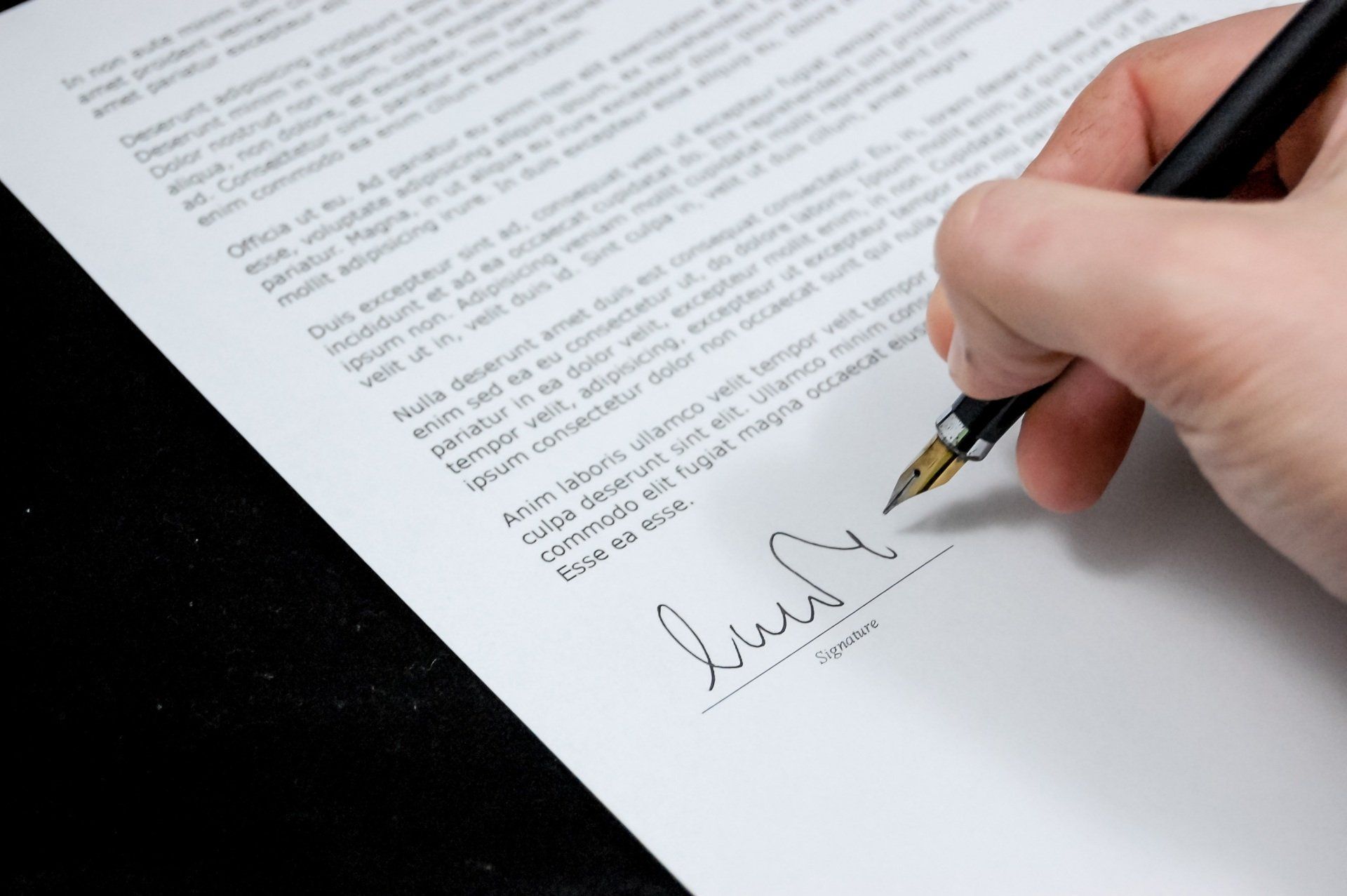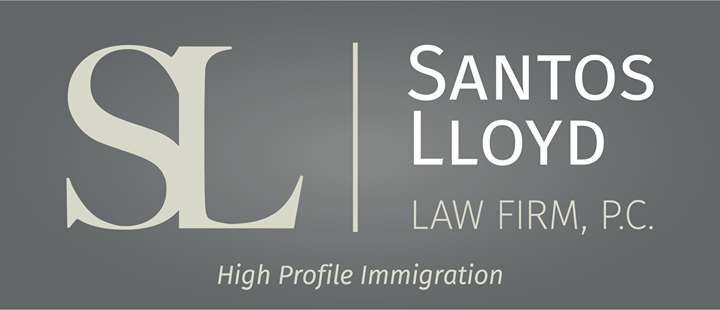¿Qué tipo de evidencia puede proporcionar un artista del tatuaje para una visa O?
Si un artista del tatuaje ha competido y ganado una convención de tatuajes distinguida, se puede argumentar que el artista tiene una participación principal o protagonista en el evento. La evidencia puede incluir certificados que demuestren que la persona ganó, artículos sobre el evento que analicen tanto el evento como la persona que compitió y ganó, artículos sobre el evento en sí, evidencia de la victoria de la persona publicada en las cuentas de redes sociales del evento.
Otra posible evidencia de esto puede ser si el tatuador ha colaborado con una marca específica en uno de sus eventos. Posiblemente, esto se puede probar con una carta de un líder dentro de la marca discutiendo el papel del tatuador en el evento y con la marca, artículos sobre el evento y la participación del artista en el evento, y artículos sobre la marca en sí misma para mostrar cómo se distinguió, así como publicaciones en redes sociales sobre la participación del artista en el evento.
Para satisfacer la porción futura de los requisitos, la evidencia posible puede incluir la evidencia ya enumerada anteriormente para futuras colaboraciones con marcas distinguidas, participación en importantes competencias de tatuajes o convenciones a las que la persona ha sido invitada como orador invitado.
2. Evidencia que el beneficiario ha logrado reconocimiento nacional o internacional por logros evidenciados por reseñas críticas u otros materiales publicados por o sobre el individuo en los principales periódicos, revistas especializadas, revistas u otras publicaciones.
La evidencia que se puede proporcionar para este requisito incluye artículos sobre el artista del tatuaje y su trabajo, ya sea sobre los logros del artista, ganar una competencia para artistas del tatuaje o su trabajo presentado en una exhibición de tatuajes.
3. Evidencia de que el beneficiario ha desempeñado y desempeñará un papel principal, protagónico o crítico para organizaciones y establecimientos que tienen una reputación distinguida evidenciada por artículos en periódicos, revistas especializadas, publicaciones o testimonios.
La evidencia de este requisito puede ser el trabajo anterior de tiendas de tatuajes distinguidas. Esto puede incluir artículos sobre la tienda de tatuajes, premios anteriores ganados por la tienda de tatuajes, artículos sobre el trabajo del tatuador para la tienda de tatuajes y una carta de un propietario o persona a cargo de la tienda de tatuajes que explica cómo el artista trabaja para la tienda.
Las colaboraciones con marcas conocidas o distinguidas también pueden ser una posible prueba de este requisito. La evidencia puede incluir artículos sobre la colaboración, artículos sobre la marca, una carta de alguien a cargo de la marca que hable sobre el trabajo del tatuador y publicaciones en redes sociales en las cuentas de la marca sobre la colaboración del artista.
Para satisfacer la porción futura de los requisitos, la evidencia posible puede incluir la evidencia ya enumerada anteriormente para futuras colaboraciones con marcas distinguidas o trabajos futuros para tiendas de tatuajes distinguidas.
4. Evidencia de que el beneficiario tiene un historial de importantes éxitos comerciales o aclamados por la crítica, como lo demuestran indicadores tales como título, calificación, estatus, recibos de taquilla, calificaciones de películas o televisión y otros logros ocupacionales informados en revistas especializadas, periódicos importantes u otras publicaciones.
La posible evidencia de este requisito puede incluir ganar premios de convenciones y concursos de tatuajes conocidos, y evidencia que incluye artículos sobre el evento y la participación del artista del tatuaje, certificados y fotos del artista del tatuaje en el evento.
5. Evidencia de que el beneficiario ha recibido un reconocimiento significativo por sus logros por parte de organizaciones, críticos, agencias gubernamentales u otros expertos reconocidos en el campo en el que se dedica el extranjero. Dichos testimonios deben estar en una forma que indique claramente la autoridad, la experiencia y el conocimiento del autor de los logros del extranjero.
La evidencia de este requisito puede incluir cartas de otros tatuadores reconocidos y/o experimentados que discutan el trabajo y los logros de los tatuadores solicitantes.
6. Evidencia de que el beneficiario ha cobrado un salario alto o cobrará un salario alto u otra remuneración sustancial por los servicios en relación con otros en el campo, como lo demuestran los contratos u otra evidencia confiable
La evidencia de este requisito puede incluir formularios W2 o impuestos para demostrar que la persona ha ganado un salario superior al promedio en su país de origen o en comparación con otros artistas del tatuaje de los Estados Unidos. Otra posible forma de evidencia puede incluir el acuerdo entre el peticionario y el solicitante si la cantidad que se pagará en el futuro es mayor que la cantidad pagada a otros tatuadores en los Estados Unidos.
Estos son solo algunos ejemplos de evidencia que un artista del tatuaje puede proporcionar. La persona solo debe cumplir con 3 de los requisitos, pero cuantos más requisitos se puedan cumplir, mayores serán las probabilidades de aprobación. Si desea hablar sobre sus logros y si califica, puede comunicarse con nuestra oficina.
Este blog no pretende ser un consejo legal y nada aquí debe interpretarse como el establecimiento de una relación abogado-cliente. Programe una consulta con un abogado de inmigración antes de actuar sobre cualquier información que lea aquí.
Similar Posts








